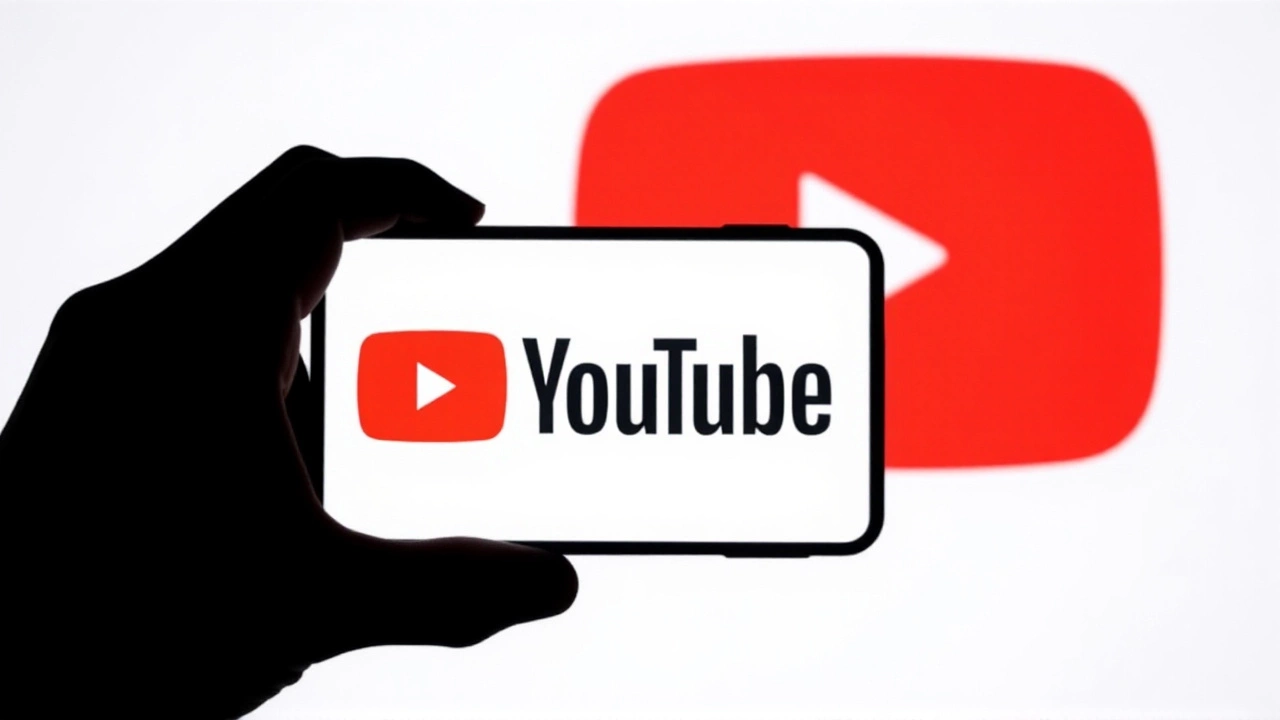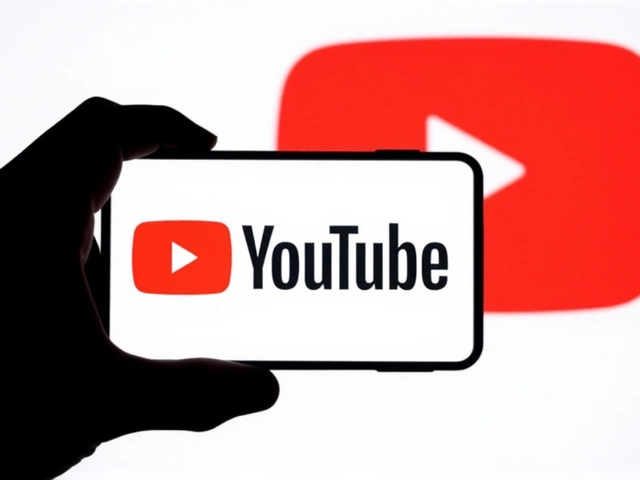When YouTube went dark on Wednesday, October 15, 2025, the ripple effect was felt from New York to New Delhi, from São Paulo to Sydney. The glitch, which started around 4:00 p.m. Pacific Time, triggered a cascade of reports on Downdetector, swelling to more than 1 million worldwide within an hour. Dwight Harvey, Google’s spokesperson, later confirmed the service was back up, but the episode raised fresh questions about the resilience of the platform that serves over 2.7 billion monthly active users.
What Happened and When
The outage kicked off at approximately 4:00 p.m. PT (7:00 p.m. ET, 2:00 a.m. BST on October 16). Within 45 minutes, GV Wire reporter Anthony W. Haddad was tracking a surge: 200,000 reports at 4:36 p.m., nearly 300,000 by 4:40 p.m., and a staggering 600,000+ at 5:00 p.m. By 5:28 p.m., the platform had logged over a million complaints, though new reports started tapering off as engineers scrambled.
At its peak—around 7:59 p.m. ET—Downdetector recorded 358,000 outage reports globally, including 366,172 from the United States alone. Users on the other side of the planet weren’t immune: the United Kingdom, Canada, Australia, South Korea, India, Japan, and Brazil all saw video playback failures, black screens, and generic error messages like “Playback error” or “Something went wrong.”
How Users Were Affected
It wasn’t just a casual inconvenience. For a typical household, the outage struck during peak evening viewing, meaning families missed scheduled streams, kids couldn’t watch educational videos, and live‑event viewers were left staring at a blank screen. Content creators, many of whom rely on real‑time engagement for ad revenue, reported lost earnings that could easily run into several hundred dollars per hour.
- 53 % of complaints were about streaming errors (failed playback, buffering, black screens).
- 21 % centered on upload issues—upload buttons stalled, and new videos never left the “processing” stage.
- 26 % involved profile problems, from failed sign‑ins to missing thumbnails.
Urban hubs like New York City and São Paulo experienced the harshest degradation, as denser data traffic amplified the glitch. According to Mixvale, bandwidth spikes in those metros contributed to the intensity of the error messages.
Google’s Response and Communication
Google’s official line arrived on X (formerly Twitter) with a terse note: “We’re aware that some users are unable to play videos on YouTube at the moment – we’re on it!” The message was later echoed on the YouTube service‑status page, which listed “disruptions affecting video playback and log‑ins.” By 6:00 p.m. PT, Dwight Harvey posted, “This is resolved across all YouTube services. Thanks again for your patience.”
Within the hour, the company urged users to clear their browser cache, restart devices, or update the app if problems lingered—a standard triage script that reflects the platform’s layered architecture.
Technical Speculation and Past Outages
Neither Google nor independent monitors disclosed a root cause, but early technical assessments hinted at a “temporary internal routing or server‑side glitch.” The timing sparked speculation because earlier in 2025 Google experienced brief hiccups across Gmail, Maps, and Search—anomalies that some analysts linked to a shared data‑center overload. While no formal connection has been confirmed, the pattern suggests that a single point of failure in Google’s global network could cascade across its suite of services.
Historically, YouTube has weathered similar storms. In March 2024, a CDN (content‑delivery‑network) misconfiguration caused a regional blackout in Europe, lasting roughly 45 minutes. That incident prompted Google to invest in additional edge‑node redundancy—a move that, according to International Business Times, should have mitigated the October 2025 fallout, yet the sheer volume of concurrent requests may have overwhelmed even the bolstered infrastructure.
Impact on Creators, Advertisers, and Everyday Viewers
For creators, the outage translated into missed ad impressions and stalled audience growth. A spokesperson for the creator‑network Marketing Mind estimated that a mid‑size channel could lose between $200 and $500 in daily ad revenue during a one‑hour blackout.
Advertisers faced a different dilemma: brand‑safe inventory vanished, forcing campaigns to pivot to alternative platforms like TikTok or Instagram Stories. Some agencies reported scrambling to re‑budget their media buys within minutes—an operational headache that underscores YouTube’s weight in the digital ad ecosystem.
For the average viewer, the interruption was more of a cultural hiccup. In many households, YouTube doubles as a “second TV,” serving everything from cooking tutorials to news recaps. The brief silence reminded us how intertwined the service has become with daily routines.
What Comes Next?
Google says it is “investigating” the root cause, but concrete details remain scarce. Industry insiders predict a post‑mortem report later this quarter, potentially outlining upgrades to internal routing protocols and a push for more granular health monitoring across data centers.
Meanwhile, the outage reignited conversations about platform dependency. As more creators diversify their distribution channels—launching podcasts, newsletters, and cross‑platform video streams—the risk of a single‑point failure losing a massive audience diminishes. Whether YouTube will accelerate that diversification remains an open question.
Key Facts
- Date & time: October 15, 2025, starting at 4:00 p.m. PT.
- Peak reports: >1 million globally, 366,172 in the United States.
- Services impacted: YouTube.com, YouTube Music, YouTube TV.
- Duration: Roughly one hour, with full restoration by 6:00 p.m. PT.
- Official response: Statement from Google spokesperson Dwight Harvey confirming resolution.
Frequently Asked Questions
How did the outage affect content creators?
Creators lost real‑time ad impressions and faced stalled uploads, potentially costing hundreds of dollars per hour. Some also saw a temporary dip in subscriber engagement as viewers turned to other platforms during the blackout.
What was the technical explanation for the failure?
Google has not released a definitive cause, but early assessments point to an internal routing or server‑side glitch that disrupted the flow of video data across multiple data centers.
Which regions experienced the most severe impact?
The United States reported the highest number of complaints, followed by the United Kingdom, Canada, Australia, and Brazil. Urban areas like New York City and São Paulo saw especially high error rates due to dense network traffic.
What steps can users take if they still encounter problems?
Google advised clearing browser caches, restarting devices, and ensuring the YouTube app is updated to the latest version. If issues persist, contacting support through the YouTube Help Center is recommended.
Will this outage affect future Google services?
Analysts expect Google to tighten monitoring and possibly add redundancy to its routing layers. The incident may also encourage advertisers and creators to diversify away from a single platform, reducing the impact of any future disruption.

